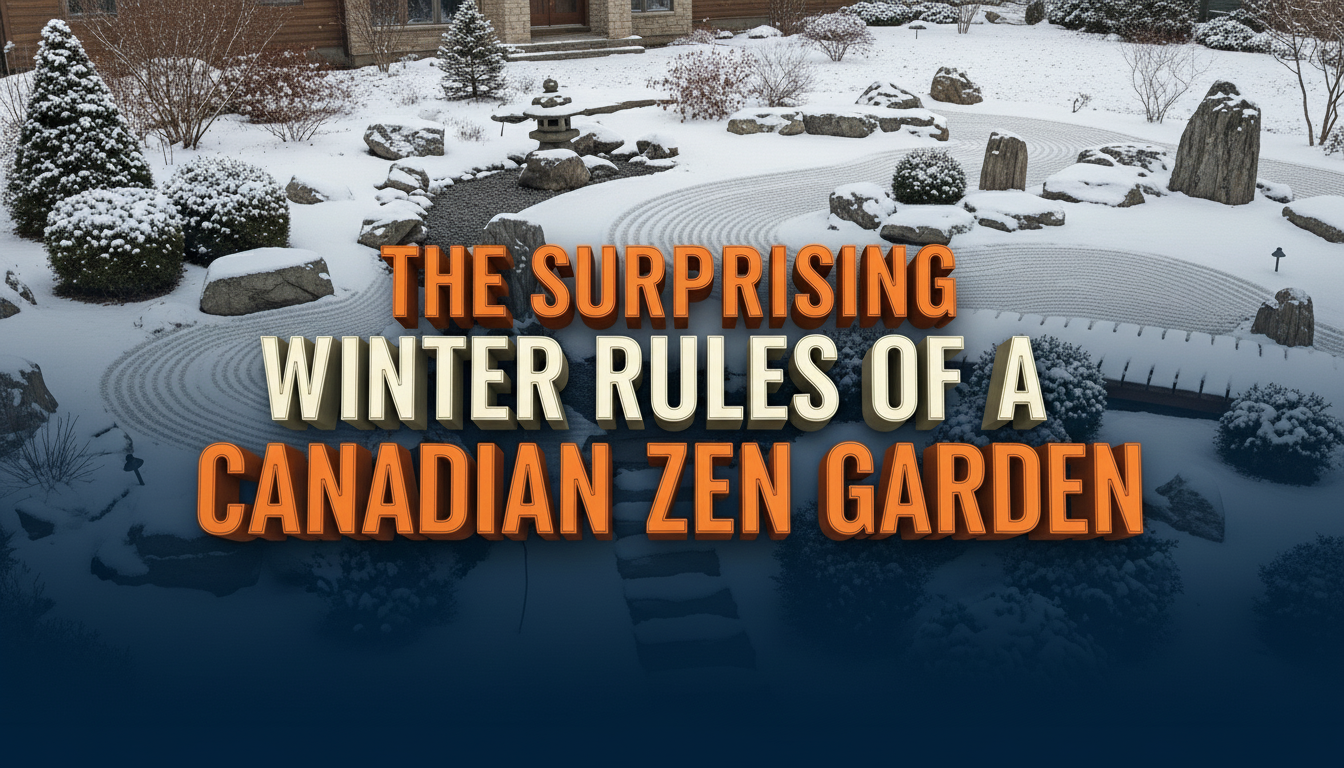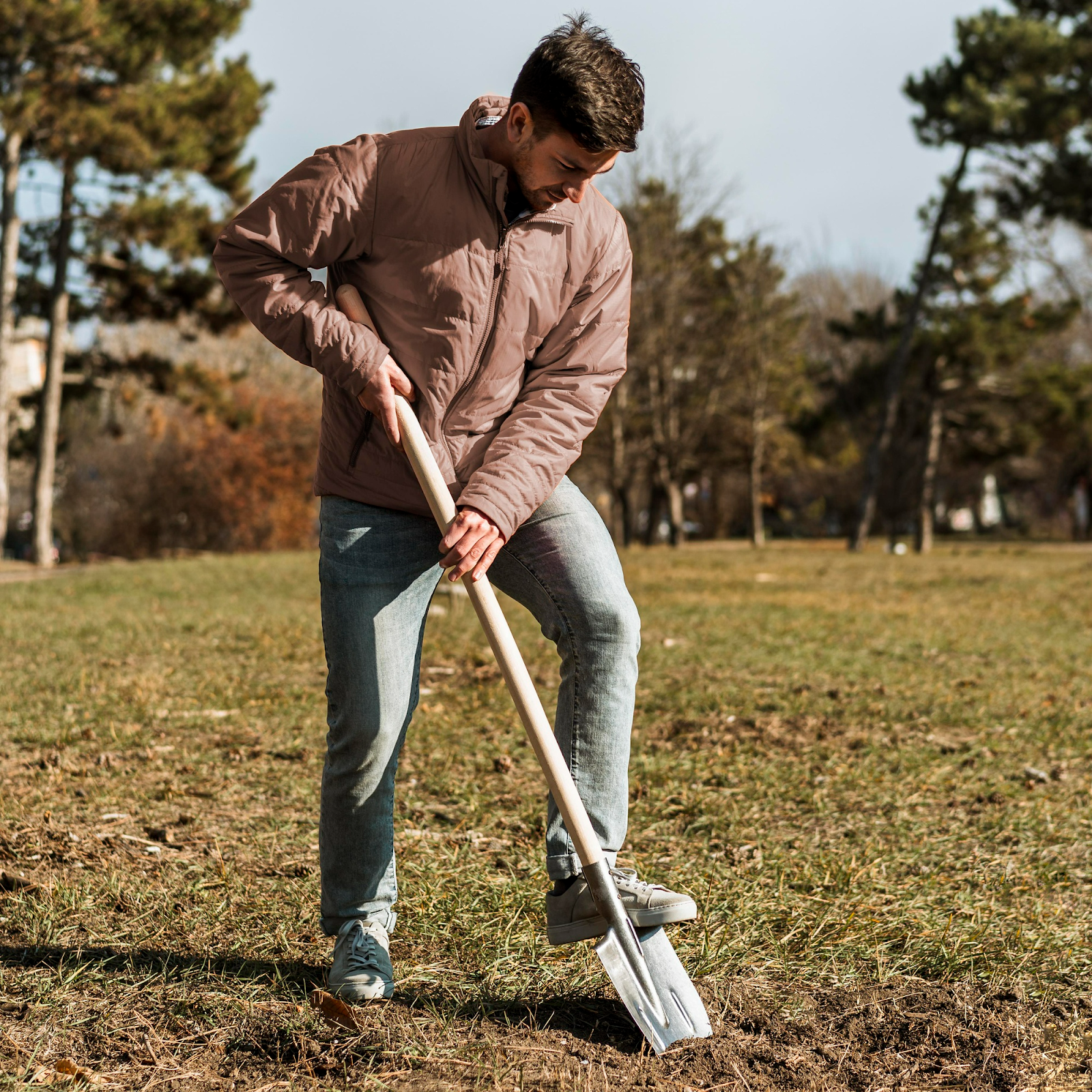Living in Canada means your home faces some unique challenges, especially when it comes to plumbing. From those freezing winters to seasonal thaws, your pipes are constantly working hard behind the scenes. That’s why we’ve put together this little guide to help you spot plumbing warning signs before they turn into a costly disaster. Let’s look at seven warning signs your plumbing system might be sending you.
Important 7 Plumbing Warning Signs Never to Ignore in Canada
1. Persistent Low Water Pressure
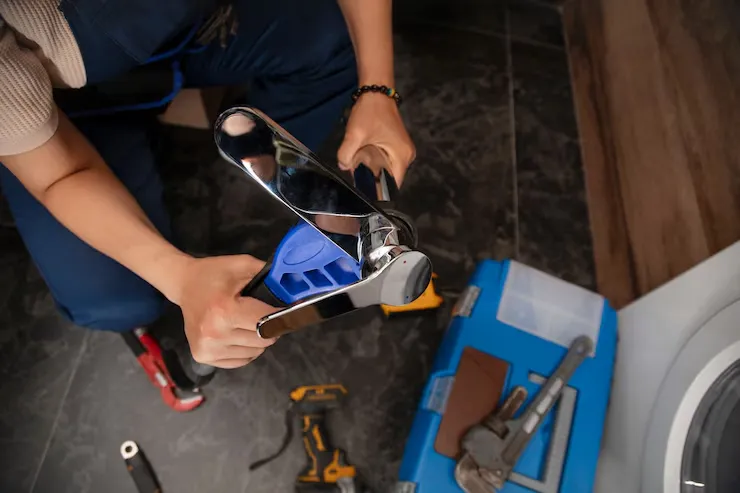
Many Canadian homes, particularly in older neighborhoods, develop mineral buildup over time. All that calcium and magnesium in the water gradually hardens, narrowing your pipes from the inside. But don’t jump to conclusions too quickly—low pressure could also indicate hidden leaks or even breaks in your main water lines.
A good plumber can figure out what’s happening with specialized tools and recommend the right solution, whether that’s cleaning those pipes or replacing specific sections.
2. Unusual Sounds in Your Plumbing System
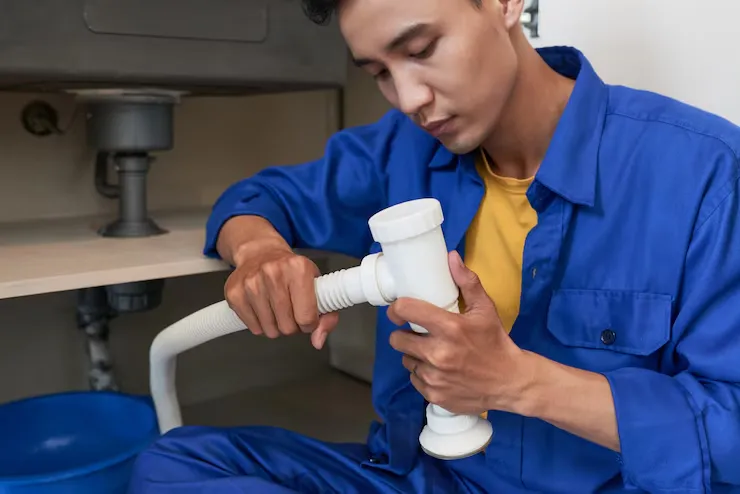
When pipes start making noise, it’s worth paying attention. Those bangs, hammers, and whistles are your home’s way of raising a red flag, especially during extreme temperature changes.
Have you ever heard that startling bang when you turn off a faucet? Plumbers call this “hammer,” and it happens when flowing water suddenly stops or changes direction. While hearing, it occasionally isn’t a big deal, frequent hammering can damage your pipe joints over time. Whistling sounds typically mean you have pressure issues, while gurgling often suggests something’s wrong with your drainage or venting.
3. Water Discoloration or Unusual Odors
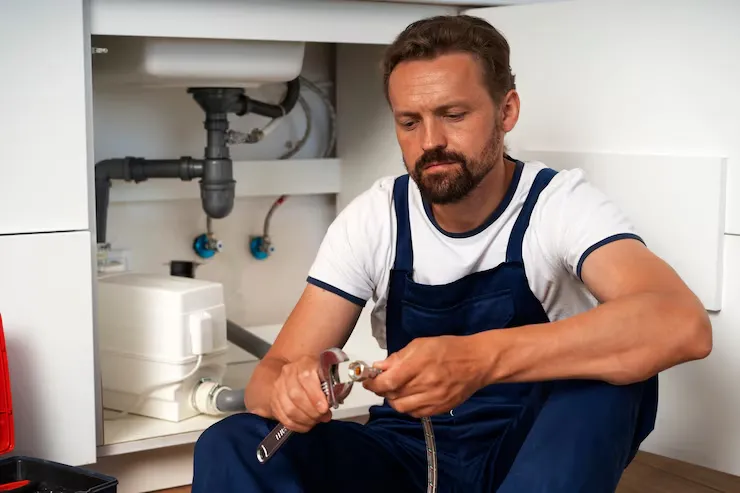
When you turn on the tap and see brown, yellow, or rusty water, or notice unpleasant smells, something definitely isn’t right. These changes can signal several problems.
If you live in a home built before the 1970s, you might have aging iron pipes that are beginning to deteriorate. While rusty water isn’t immediately dangerous, those corroded pipes will weaken further over time and can add unhealthy metal particles to your drinking water.
Notice a rotten egg smell? That generally means bacteria are growing in your drains or water heater. A chlorine-like odor might be related to municipal water treatment.
4. Frequent Drain Clogs

Multiple drains backing up throughout your house? That’s mostly a sign you have an issue in the main sewer line.
For Canadian homeowners, tree roots can be a particular headache. Once they find their way in, these roots expand, creating persistent blockages and eventually causing pipes to collapse.
Today’s plumbers have impressive technology to help, including specialized cameras that can inspect your sewer lines without digging up your yard. They can use powerful methods like hydro-jetting to clear most blockages, while more serious cases might need pipe lining or replacement.
5. Unexplained Increases in Water Bills
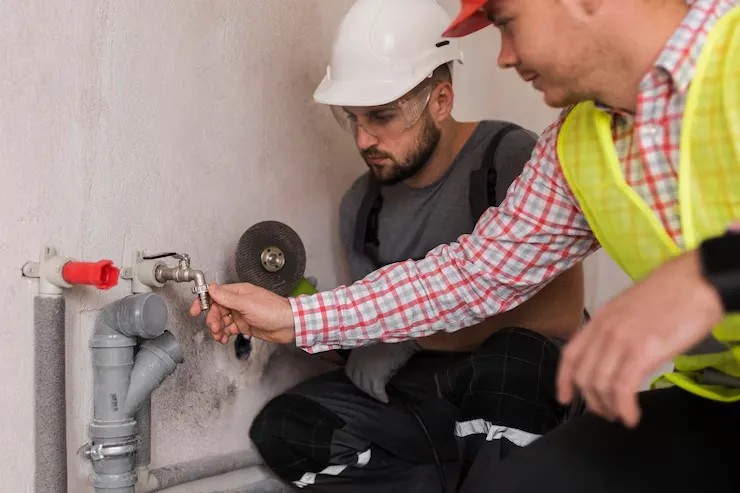
When you see water consumption suddenly spike without changing your household habits, hidden leaks are the likely culprit.
If you notice significant changes from your normal patterns, it’s worth investigating, especially during winter, when frozen pipe bursts are common. Even small leaks add up quickly.
Modern leak detection has come a long way. Professionals now use acoustic equipment and thermal imaging to find hidden water escapes without damaging your walls or floors. It’s also worth noting that many Canadian insurance policies have specific requirements about addressing leaks promptly, making quick action good for both the environment and your wallet.
6. Visible Water Damage or Mold Growth
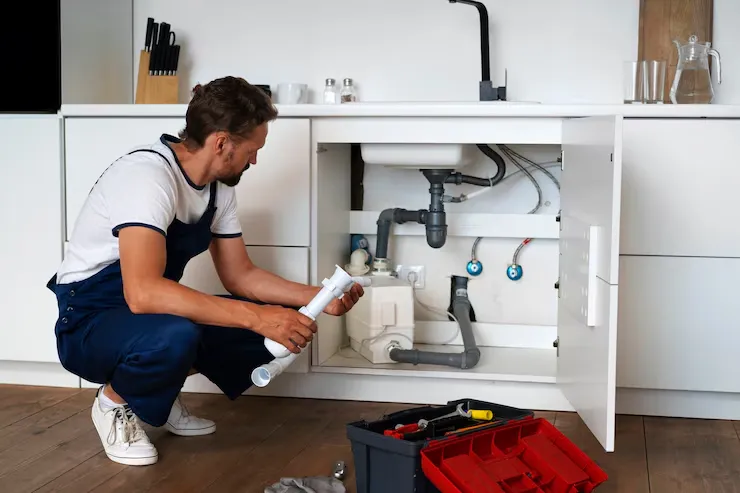
Have you noticed water stains appearing on your ceilings or walls? Maybe some peeling paint, warped flooring, or musty odors? These visible signs often appear long after water damage has already begun, so you should take immediate action to prevent further structural damage and health problems.
Indoor moisture from plumbing leaks creates perfect conditions for mold growth. The good news is that when you call professionals, they’ll repair the source of the leaks and also assess any resulting damage.
7. Aging Water Heater Warning Signs
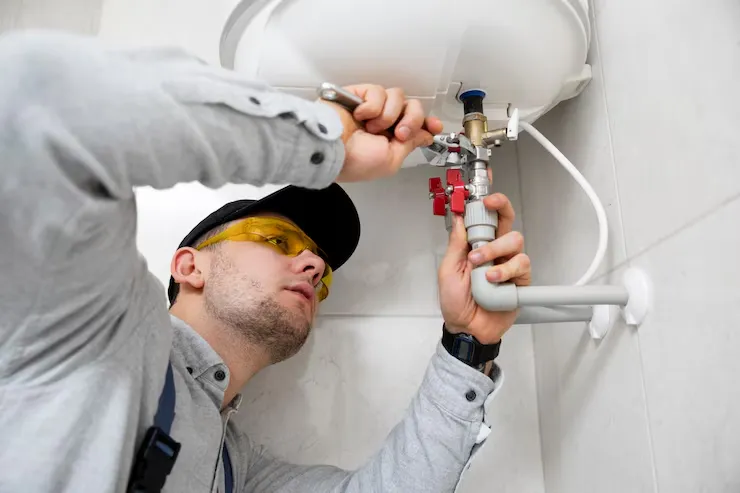
As these appliances age, they’ll usually give you several clues before completely failing.
If you’re seeing rusty water only from hot taps, your tank is likely corroding. Hearing rumbling or popping sounds? That suggests sediment building up on heating elements. Fluctuating water temperature or not enough hot water indicates failing components, while puddles around the unit are a clear sign of tank leaks.
The good news is that modern replacement options include energy-efficient tankless systems that can reduce your utility costs while providing more reliable performance.




